
THE COMPLETE HUNTER
500 DEERHUNTING TIPSStrategies, Techniques & Methods
Bill Vaznis


Bill Vaznisis a full-time outdoor writer and award-winning photographer whose work has appeared in every major outdoor magazine in North America, including Whitetail Strategies, Bowhunter World, Deer and Deer Hunting. He has contributed nearly 1,200 feature articles and columns plus thousands of photographs on bow hunting, gun hunting and muzzleloading whitetail deer. This is his third book, the second on deer hunting. Bill lives in upstate New York.
CONTENTS
Chapter 1
FUNDAMENTALS
Chapter 2
STRATEGIES
Chapter 3
THE PEAK OF THE RUT
Chapter 4
THE LATE SEASON

INTRODUCTION

The white-tailed deer is North Americas number one big game animal, a title that has been held since early colonial days when settlers and natives alike depended on the whitetail for food and clothing.
Today the whitetail is pursued with nearly the same vigor by bow, muzzleloader, shotgun or rifle enthusiasts across much of the region. Only now it is not a matter of life or death, but a form of relaxation that is passed on from one generation to the next.
What is a deer hunter? What skills must he or she possess? Unlike any of the ball sports, deer hunters generally become more proficient with age. Indeed, as we grow older we become more in harmony with nature and in turn better woodsmen. Shared campfires coupled with seasons of experience help us not only fine-tune our traditional strategies, but learn new tactics as well.
There is a fly in the ointment, however. In the good old days fathers and uncles would pass on their skills to their sons and nephews (and sometimes their nieces and daughters, too!), who would in turn pass on that lore to their offspring. We became better deer hunters by listening and sharing information around the campfire.
Today, that link has, in many cases, been broken. One-parent families, the anti-hunting movement and competition from skateboards and video games all add to the pressures of modern-day life. Sadly, in many cases if it were not for the printed word there would be no one to light the torchmuch less pass it on.
This book offers tips that come from years of experience as well as many nights spent around those campfires.

Chapter 1
FUNDAMENTALS

Successful deer hunters, those that tag racked bucks year after year, scout for deer and deer sign every chance they get. They study topography, prevailing wind currents and available ground cover to learn where bucks hide, what they eat, where they breed and how they sneak about undetected.
To avoid pushing deer out of the area, good hunters have also learned to sneak about undetected, in part by practicing scent control and by using trail cameras to monitor deer behavior. The knowledge they gain from hours and hours afield helps them set up successful ambush sites.
EARLY-SEASON SCOUTING
Tagging a bow and arrow buck in the early deer season is definitely a rush. We seem to dream about deer and deer hunting all year long, and to be afield as the leaves are turning crimson and yellow has to be one of the highlights of anybodys bow season. Indeed, bucks are in prime physical condition prior to the rut and are more predictable now as they move like clockwork between bedding grounds and feeding areas.
Get the Lay of the Land
Getting a crack at a racked buck in the early season takes scouting, and in most cases plenty of it! If you are familiar with your hunting grounds, familiar enough to find your way around in poor light, then the amount of scouting needed may be only minimal. On the other hand, if you have learned the general whereabouts of a real dandy buck, but you are unfamiliar with his home area, then be sure to give yourself more time.
The best time to start scouting is right after the close of the deer season. Your first goal is to get a better handle on the lay of the land. This means understanding the relationships between various topographical features such as ravines, gentle slopes, plateaus, swamps and crop fields. The only way youre going to accomplish this is with plenty of shoe leather. You will suddenly realize why bucks exit a ravine along a certain ridge or why other bucks are attracted to a particular plateau or hump in a swamp.

If you are unfamiliar with your hunting grounds, take your topographical maps and aerial photos with you in the field. Studying these, youll be surprised how fast you learn the lay of the land.
Your second goal is to pinpoint preferred bedding areas and major travel routesan easy task if there is snow on the ground. Feeding areas can change from one week to the next, but good bedding areas remain more or less constant over time. Backtrack trails to learn the whereabouts of these preferred bedding sites, and then mark them on one of your maps for future reference.
The key to finding bucks in the early season is food, and there is no better time to start locating potential food sources than springtime. I take my binoculars and glass old farmsteads, hedge rows and creek bottoms for apple blossoms during green-up. I also keep tabs on nut production from early spring on through summer by glassing the uppermost branches of oak, beech and hickory trees. Look for nuts seated in or surrounded by a hard woody cupule. Be aware that frosts and droughts can have a negative effect on mast production.

Believe in that old saying: Find the food, find the deer.
INSIDER INFO
One recent summer a jogger approached me as I was preparing for an evening scouting mission. He did not hunt with a bow but shared information with me about some of the bigger bucks known to inhabit the area. A double-drop-tined buck, for example, had been feeding behind his house quite regularly all summer longa buck that I hadnt seen since the late bow season. This tidbit of information had my mind racing, for now I had a better idea where he was bedding. When I asked the jogger about a wide-racked 12-pointer that often traveled with the double-drop-tined buck, however, my heart sank. That buck had been shot opening day of shotgun season by his brother-in-law. If he hadnt told me, I would have never known what happened to the Boone & Crockett contender.


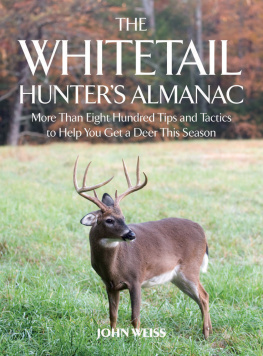
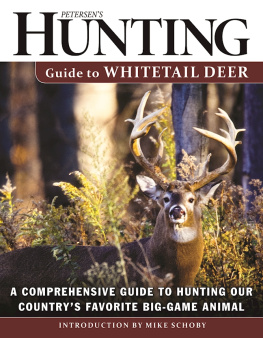

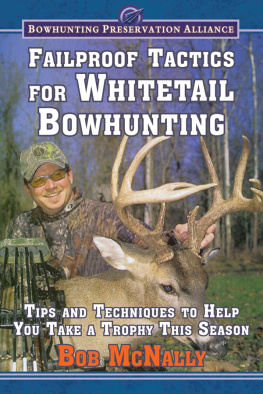
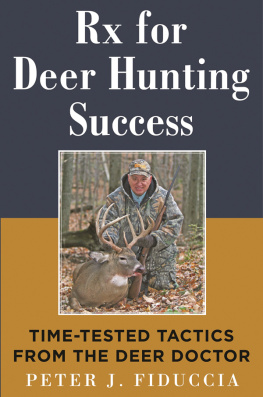
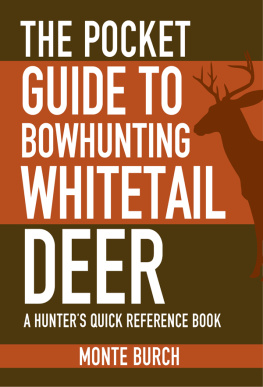
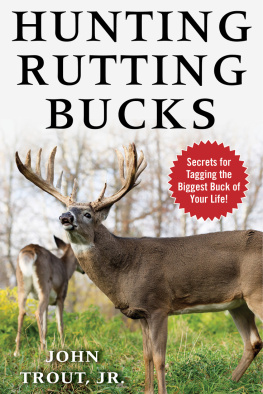
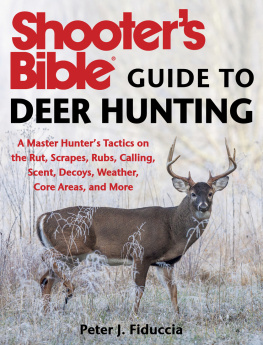

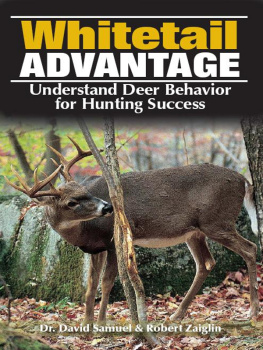
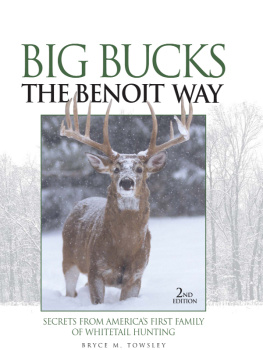
 THE COMPLETE HUNTER
THE COMPLETE HUNTER






